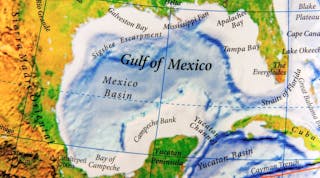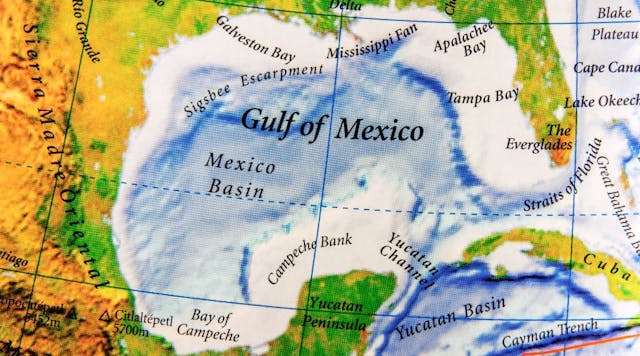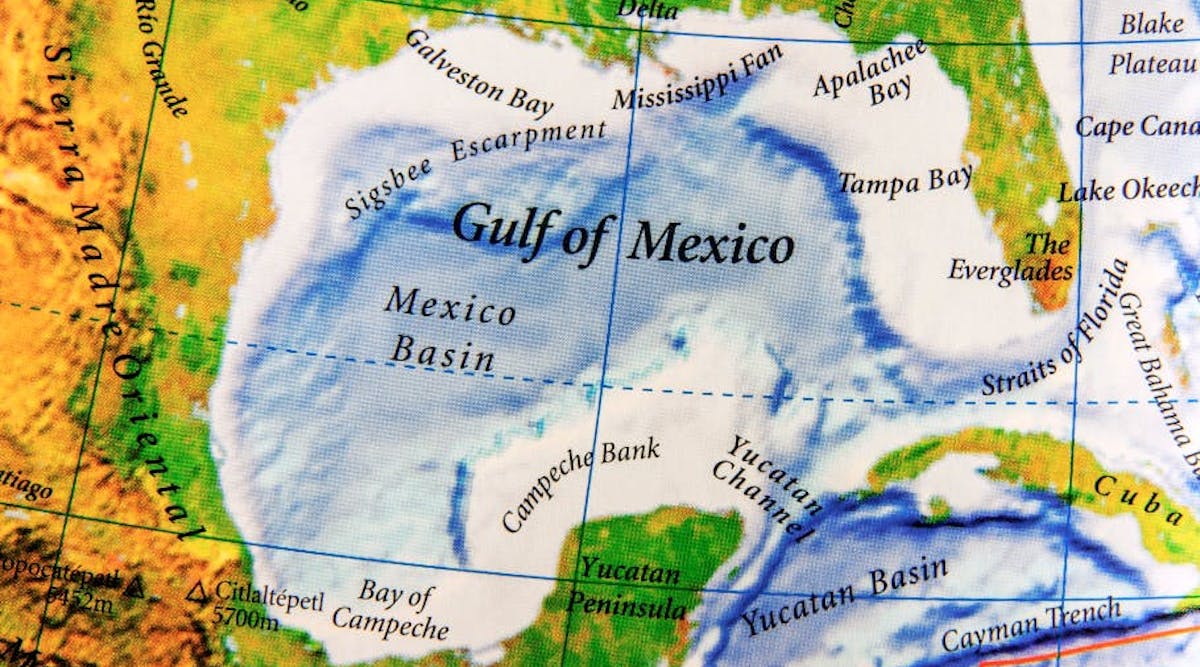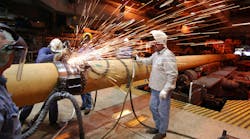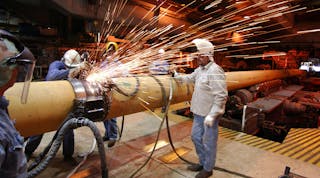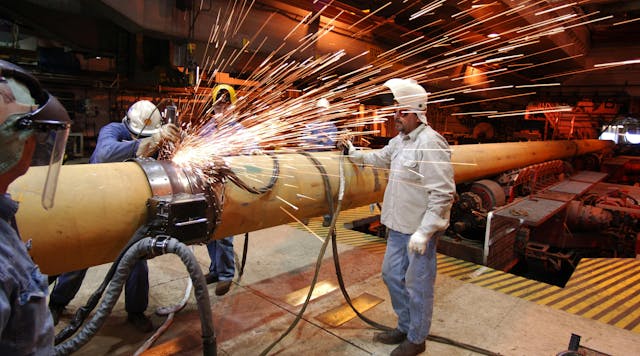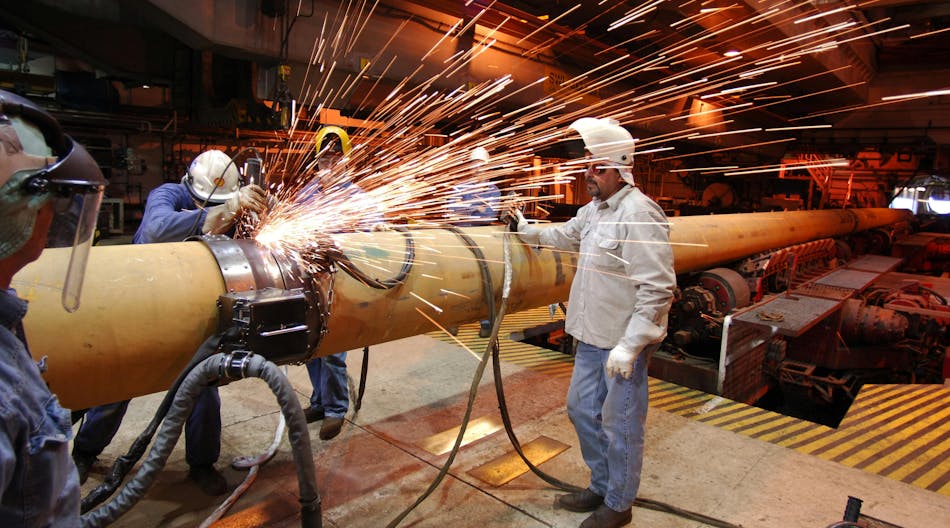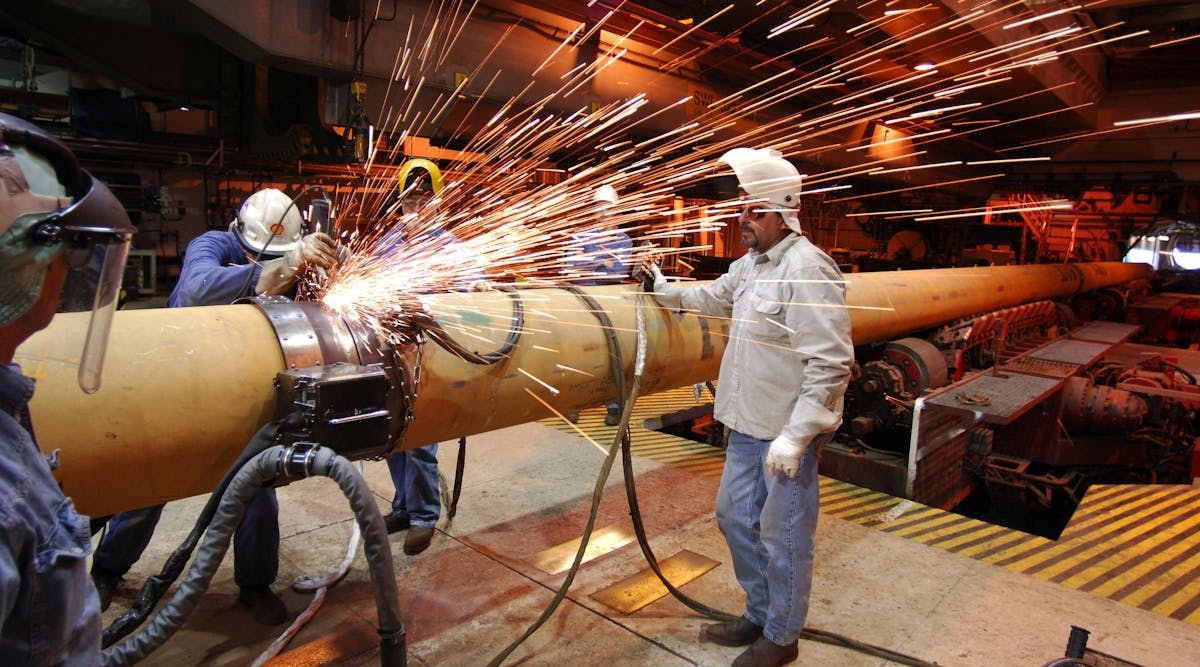Offshore staff
NEW ORLEANS – The Bureau of Safety and Environmental Enforcement (BSEE) has announced the successful completion of two Gulf of Mexico equipment deployment drills to evaluate the oil and gas industry’s preparedness to respond to a subsea blowout.
Each of the drills lasted between three and five days and were mobilized by Beacon Offshore Energy (BOE) and Chevron, along with their mutual aid partners to deploy, and install equipment to cap a blowout in deepwater off the coast of Louisiana.
BSEE initiated BOE’s drill on Sunday, May 7, at 7 a.m., and concluded it Wednesday, May 10, at 10:40 p.m.
Chevron’s drill was initiated on Friday, May 19, at 7 a.m., and concluded Tuesday, May 23 at 8:45 p.m.
During the two unannounced drills, BSEE required BOE and Chevron each to deploy a capping stack from their respective storage locations near Houston and Corpus Christi, Texas, to separate areas in the Gulf of Mexico, ranging from approximately 70 to 140 miles from shore.
Once on-site, each operator lowered a capping stack onto a simulated well head on the ocean floor in about 6,000 feet of water, connected the capping stack to the wellhead, and pressurized the system to 12,500 pounds per square inch to simulate well pressure.
BSEE engineers, inspectors, and preparedness analysts were onsite throughout the two separate multi-day drills, monitoring industry inspections and tests before the capping stacks journeyed offshore. While aboard the transit vessels, they evaluated the procedures firsthand as operators lowered the capping stacks to the seabed.
While initial observations indicate the drills met BSEE requirements for deploying source control equipment, BSEE says it will evaluate all aspects and results of the drills and make recommendations in a formal report later this year.
05.24.2023






